As I looked back at the week of December 16-20th, I immediately thought of the icon-busting, irreverent, quasi-TV news show from Great Britain: “That Was the Week That Was” (TWTWTW)[1]. The show first aired in November of 1962, but ruffled so many feathers that it was discontinued in Britain after 1963[2]. TWTWTW developed within the context of social change and cultural transition. Unquestioned support of authority was on the way out and biting satire (intended as both political commentary and comedy) was on the way in.[3] A key impetus for this radical approach to entertainment was the bold leadership that moved into a position of control by 1962 within the then venerable but stodgy British Broadcasting Company: Hugh Carleton-Greene. Greene decided the BBC needed to dramatically challenge the traditional cozy relationship between those in power and “the news”. He charged his handpicked producer for this trend-changing show with an intriguing goal: to “prick the pomposity of public figures”.[4]
Imagine the fantastic satire that could be built around the relentless fixation of CNBC and the financial markets upon the simple word “Taper” between the May 22nd Congressional testimony of Federal Reserve Chair Ben Bernanke and his final press conference (as Fed Chair) this past week (Dec. 18th). If one rereads Bernanke’s public words on this topic between May 22nd and December 18th, it can be said that his essential message did not change all that significantly. In overly simplistic terms, he kept reiterating the following:
1) Economic recovery has been quite slow and unsteady and needs continued support (stimulus);
2) Employment growth has been anemic compared with prior periods of recovery since World War II:
a. Tens of thousands have been dropping out of the workforce;
b. Review the graph below for a visual perspective on our actual unemployment situation.
i. The green line depicts the difference between the “real” and the “reported” jobless rate.
ii. The red line is the “implied” unemployment rate.
iii. The black line is the “official” unemployment rate reported by the government.
3) Not only has inflation not been an economic issue for the nation – there continues to be some danger of deflation – a possibility we must curtail by fostering higher inflation.
4) In light of the above, we foresee a need to maintain the “zero interest rate policy” (ZIRP) well into and beyond 2014, including possibly as long as 2016!
a. Even if/when any reduction is initiated in monthly bond buying, the FED can be expected to ensure low rates for the foreseeable future.
b. We cannot emphasize this enough: Interest rate management has been, and continues to be, our primary monetary policy tool!
In light of the above, it is amazing to look back upon the countless articles, commentaries, editorials, warnings, harangues, prophecies and predictions offered up for public consumption by the widely recognized (so called) “experts” on these matters regarding the inevitable disaster that Quantitative Easing (QE) and its imminent “Taper” would bring upon all those invested in stocks and bonds. Interest rates for the benchmark 10 Year US Treasury Bond zoomed from the mid 1% range to nearly 3% in a matter of a few months, and daily movements in the stock market were often attributed by experts to some newly released economic number that “increased the likelihood of a ‘Fed Taper’ next month!”
CNBC personalities and the financial pundits worked themselves up into a virtual lather by mid-September – most of them certain that some level of “taper” would be announced. Then, when the FED choose not to “taper”, those same voices could not spew enough vitriolic animosity at the FED for its poor handling of everything from monetary policy to simple communication skills. In fact, many folks even suggested that the FED “deceived us”.
Needless to say, by the time this past week started, I was on “high alert” with regard to market direction. Each morning I engaged in a heated internal debate something like the following:[5]
- The “Cautious” Tom started by saying: “Petty, you idiot! You are far too invested in stocks and high yield notes as we move to the dreaded ‘FED Day’. For heaven’s sake, if you won’t sell all of it before Wednesday Noon and ‘go flat’… at least sell half of it!”
- The hard-bitten, “Damn the Torpedoes”[6] Tom replies (with an attitude): “Hey, Boze[7], who is calling whom an idiot?!? You are a gutless little wimp. Everyone I talk to[8] says that the FED cannot Taper yet. Employment is still weak, economic numbers are not steady, the 3Q GDP hike was propelled by a huge increase in “inventory” … which is only artificial growth. Plus, Bernanke won’t want to appear to be steering Yellen’s course at his last meeting as Chair. Finally, some of the international markets aren’t yet stable enough to handle the dreaded “Taper”. They were shaken to the core after the May “Taper” scare!
“The FED is going to hold off and stocks and bonds will zoom higher! Our portfolio can’t afford to not be invested!”
As we all know now, neither of the above parts of me was “correct”![9] The FED announced that it was going to start reducing its “asset purchases” by $10 billion in January of 2014[10], but it hastened to add (and emphasize) that FED members remain very committed to an extraordinarily accommodative monetary policy for as long as it takes to reduce unemployment, strengthen the still weakened economy, and ensure stable to rising prices (as opposed to deflation).
Enhancing the clarity and impact of the FED announcement, Bernanke placed much more emphasis on low, low rates for as far as the eye can see[11] … because the economy continues to need support and the FED is not, in any way, pulling back from such support. Bernanke also attached clear metrics to such accommodation, indicating that the FED planned to maintain the federal funds rate of 0 to 1/4 percent: “at least as long as the unemployment rate remains above [6.5 percent], inflation between one and two years ahead is projected to be no more than a half percentage point above the Committee's 2 percent longer-run goal.”
As one British reporter commented, Bernanke and the FED are “keen” on steering inflation into a “Goldilocks Range” – not too high and not too low. Finally, sharing a compelling (and impressive) metric illustrating how strong the FED’s commitment is, Bernanke reported: “15 of 17 FOMC [members] do not foresee a funds rate increase before 2015.”
Of course, the cynics among us qualify this strongly dovish FED announcement by suggesting that Bernanke/Yellen had no choice but to wrap its reiteration of the ZIRP policy in bold neon lights so that no one could miss it (or misunderstand it). These cynics point out that, without such full-fledged reaffirmation of ZIRP and all the future monetary accommodation that could possibly be needed, the financial markets would have “tanked” Wednesday afternoon.
Whether or not there is any credence in the above theory, the chart of last week’s action in the S&P 500 Index (see below) illustrates quite powerfully how smoothly Bernanke pulled off his announcement. Interestingly, the Dow Jones Industrial Index (red) even outperformed the highly positive S&P 500 (blue)!
From the week’s low to the week’s high, the S&P 500 picked up about 2.7%… ending the week about 1.8% higher than it started (the Dow Industrials ended up over 2.1%).
Just as importantly, the interest rate markets responded to the FED announcement without any sense of panic. I have discovered that a helpful way to view interest rate trends is through the U.S. Treasury Department website: http://www.treasury.gov/resource-center/data-chart-center/Pages/index.aspx. Through that site’s “Chart Center”, you can create whatever rate curve or rate spread graphs you choose. For example, below is a view of how rates moved between May 1st and July 15th, as the markets reacted to Bernanke’s May “Taper Talk”. The change in the yield curve may not appear to you to be dramatic – but (trust me) compared with similar periods of time since rates stabilized following the 2007-09 Financial Crisis, this volatility was quite significant!
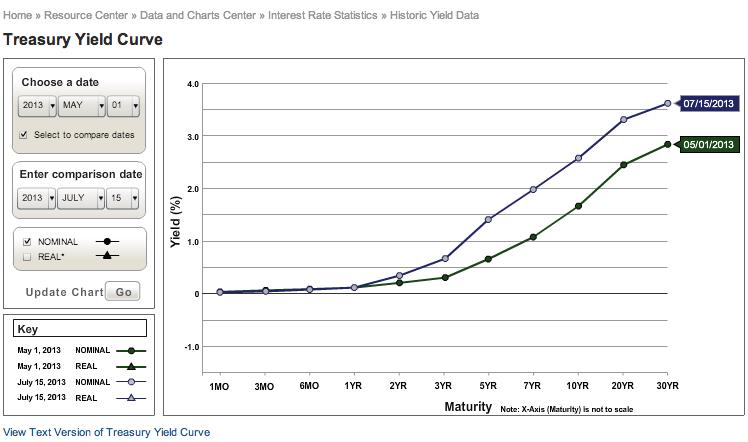 Now compare that view with the next graph, showing rate changes between May 1st and December 20th. Note that the change vis-à-vis mid-July was not very significant… or said a different way, interest rate increases were restrained, and the benchmark 10-Year U.S. Treasury rate remained below 3% (2.94% on Thursday; 2.89% by Friday.)
Now compare that view with the next graph, showing rate changes between May 1st and December 20th. Note that the change vis-à-vis mid-July was not very significant… or said a different way, interest rate increases were restrained, and the benchmark 10-Year U.S. Treasury rate remained below 3% (2.94% on Thursday; 2.89% by Friday.)
It may be more helpful to review the graph for the period between December 1st and December 20th (below). Note that, relatively speaking, most of the changes were contained within the 2-Year and 10-Year range. More specifically, the biggest impact fell into the 5 and 7-Year maturities:[12]
a) The 5-Year T-Note rate moved between a closing low of 1.52% and closing high of 1.66%.
b) The 7-Year T-Note rate shifted from a low close at 2.22% to a high close of 2.35%.
Finally, less we “lose the forest for the trees”, here are two longer-term views of rates, illustrating the degree to which we still enjoy historically low rates.
First, here is a look at the shift between May of 2008 (upper green line) and December 2013 (lower blue line):
Then we have this view of the benchmark 10-Year U.S. Treasury Bond (courtesy of the St. Louis Federal Reserve Bank website) between the start of 2008 and today:
INVESTOR TAKEAWAY: What can we learn from all of the above? Don’t let CNBC and the standard barrage of “experts” who trumpet her/his opinion work you up into an anxious frenzy prior to a statement from the Federal Reserve. No one knows in advance what the details of such an announcement will be; and more to the point, no one can predict with certainty how the “Market” will react to any announcement!
In actual point of fact, the events and announcements which have the greatest impact upon the markets are those that come “out of left field” – the ones that catch us totally by surprise! (Example: Bernanke’s use of “Taper” in the May testimony). With regard to last week, it is reasonable to assume that the “major players” in the market hedged themselves prior to Wednesday’s announcement, and no one expected anything more than a $10 billion “Taper”… so absent a “Taper” greater than $10 billion, or some “wrinkle” in the statement that was totally unexpected, the market was unlikely to collapse!
Of course, I’ll be the first to admit that firmly integrating the above “teaching point” in my investing and trading is much easier said than done. Whenever I engage in the “internal dialogue” I illustrated for you at the beginning, my cool, together, well-adjusted self (my “head”) understands how dysfunctional it is to let CNBC and “crowd think” cloud my decision-making. However, my fearful/greedy self (my “emotions”) are not so easily repressed, and I usually mollify it by making some concessions to my standard “but what if” fears!
Finally, it is worthwhile to consider the basics of “Human Nature 101”[13] when processing the nearly infinite amount of information, data, and opinion with which we are surrounded each market day! No amount of market experience or level of formal education (MBA, PhD, certifications, etc.) will ever free us from our “humanity”. Specifically, it is my thesis that Bernanke and the FED have been much more consistent in their messaging about monetary policy that the “experts” have been in interpreting and projecting future expectations regarding that policy! The consequence has been that many of those experts published opinions/projections that proved to be off base (sometimes significantly off base)! As we know from Human Nature 101, it is often difficult for humans to accept “responsibility”… therefore, such folks find it much easier to “project blame” elsewhere – namely, blaming Bernanke and his colleagues for their own incorrect projections!! So I caution you to maintain a totally “open mind” as you process the “blame” that market experts sometimes attach to certain market developments. Inevitably, there is a significant amount of “passing the buck” involved when such interpretations[14] are offered.
Watch for the next article, in which I’ll take a look at “THE YEAR THAT WAS” and offer some non-expert suggestions for what we could look ahead to during 2014!
DISCLOSURE: Although the author does not own any straight up U.S. Treasury bonds, he is invested significantly in various fixed-income funds and ETFs, all of which are impacted by trends within the U.S. Treasury markets and the Federal Funds Rate.
[1] For most people, the main long-lasting impact of “TWTWTW” is the rise to public prominence of 23-year old British personality, David Frost. The show catapulted him to fame as a biting satirist, but he transitioned into a serious TV personality and interviewer – highlighted by his lengthy interview of disgraced president, Richard Nixon – later turned into a movie abs a play.
[2] The show’s premise and format did continue through off shoots in the U.S. and other nations.
[3] Also on the way in were the Beatles… and later the Rolling Stones…
[4] It is in no way a stretch to suggest that TWTWTW was a precursor of “Saturday Night Live”.
[5] Don’t worry, folks, I am not the victim of a mental health condition, I am merely a “GEMINI”… or twin. I come by a dual personality naturally!
[6] This is a reference to the famous quote by Admiral David Farragut during battle in the American Civil War.
[7] Reference to “Bozo the Clown”
[8] Which (of course) can be translated as meaning: “The only people who count!”
[9] Alas, this is a condition that occurs all too often within the investment sphere.
[10] From the Fed announcement: “Beginning in January, the Committee will add to its holdings of agency mortgage-backed securities at a pace of $35 billion per month rather than $40 billion per month, and will add to its holdings of longer-term Treasury securities at a pace of $40 billion per month rather than $45 billion per month.”
[11] My terminology, not Bernanke’s! In my small circle, I call it the “Buzz Lightyear” ZIRP policy… “too Infinity and beyond!”
[12] Note that a major reason for volatility within that segment of Treasuries was an auction during the week of new 5 and 7-Year Notes.
[13] I realize there is no such course. I am using the fictional device of such a course as a conceptual way to describe a basic human trait – our tendency to deny or shift responsibility.
[14] As we have suggested, these “interpretations” are actually “projections”… shifting “responsibility” for a mistake to someone (or something) else!!
Related Posts
Also on Market Tamer…
Follow Us on Facebook

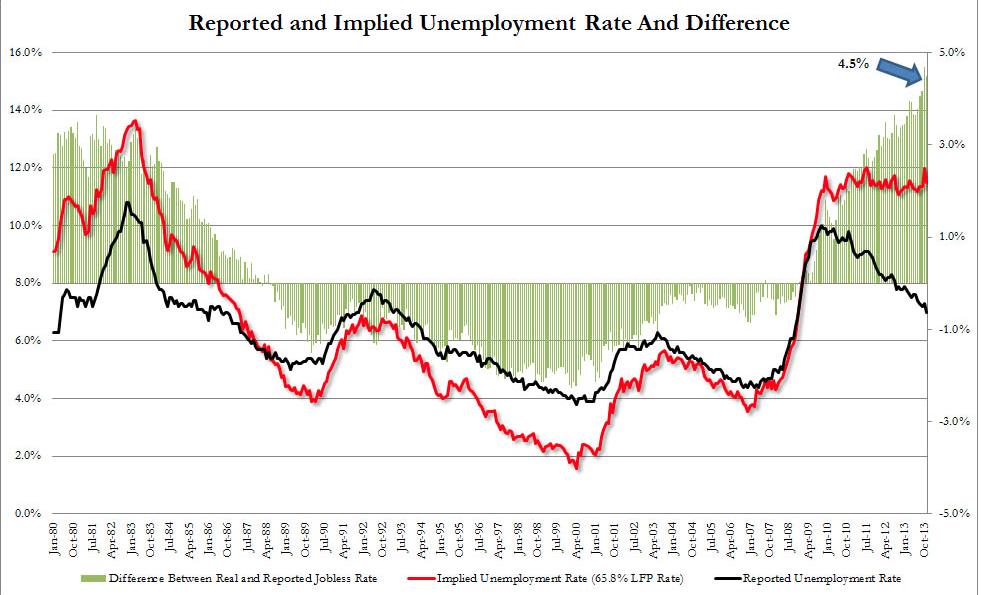
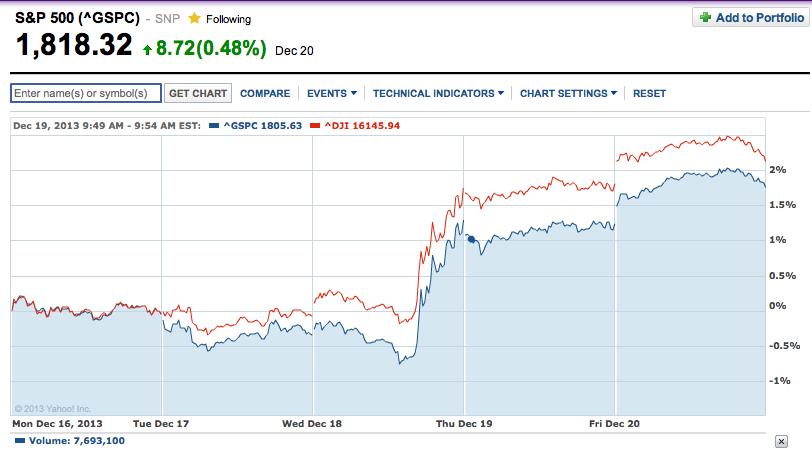
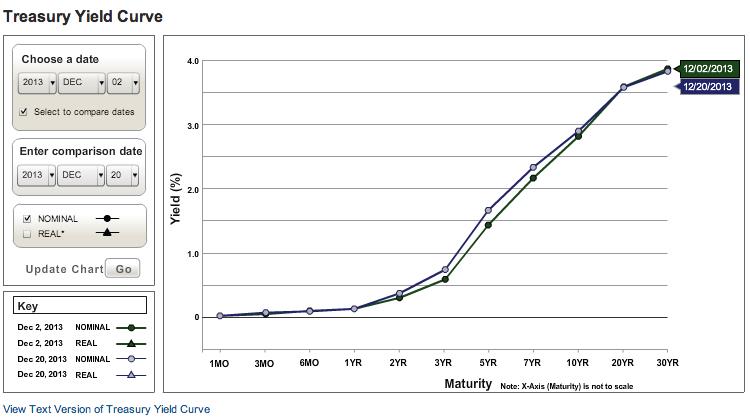
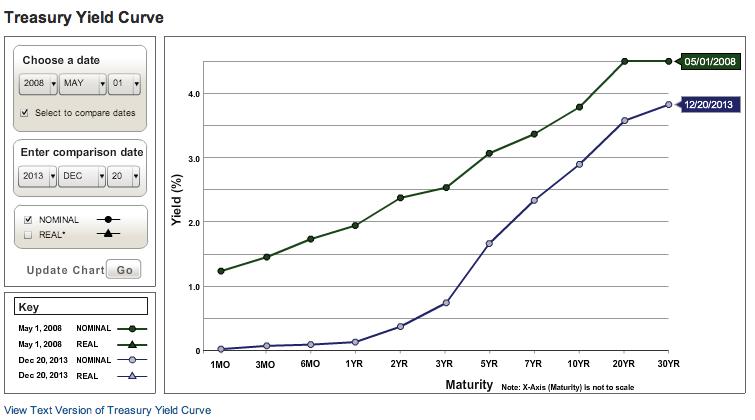
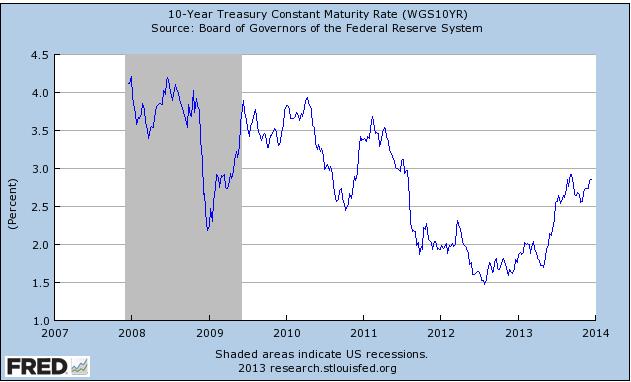
 Is IonQ Stock a Buy?
Is IonQ Stock a Buy?